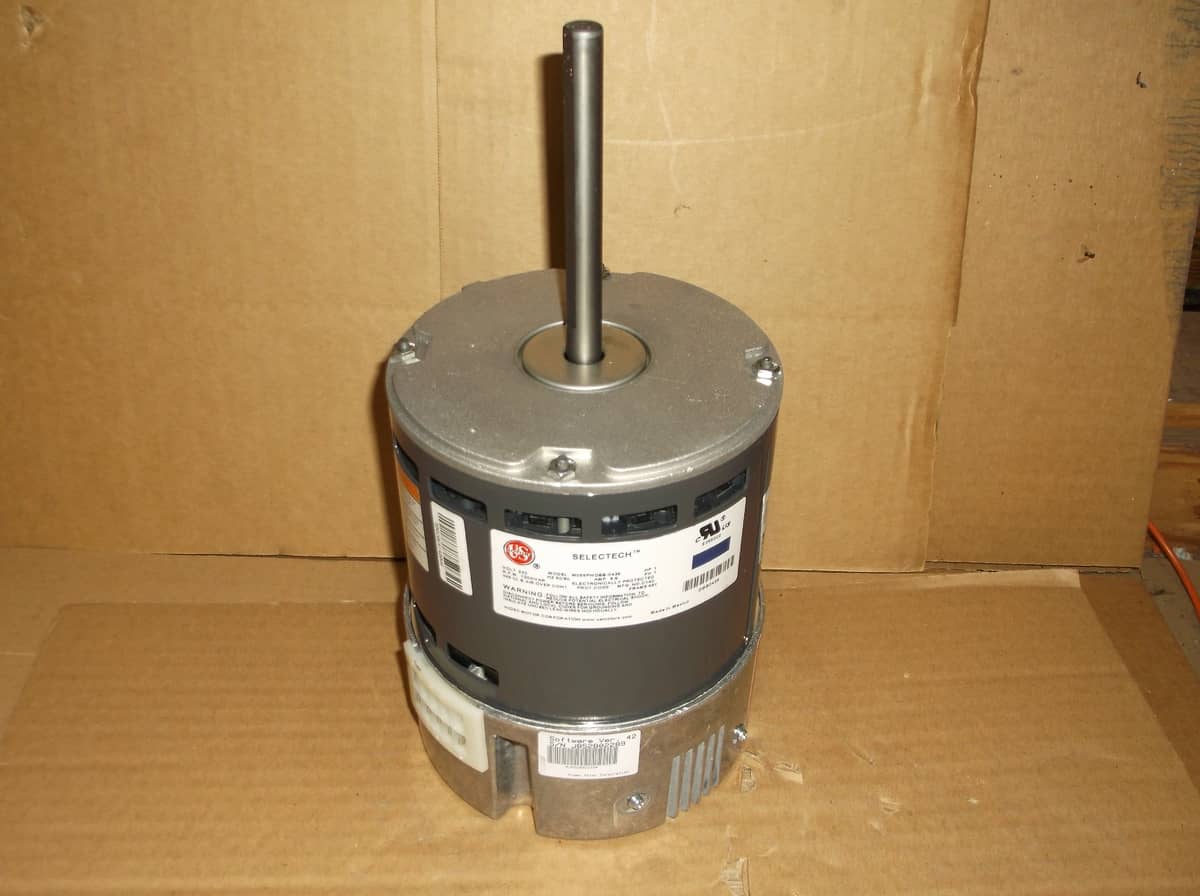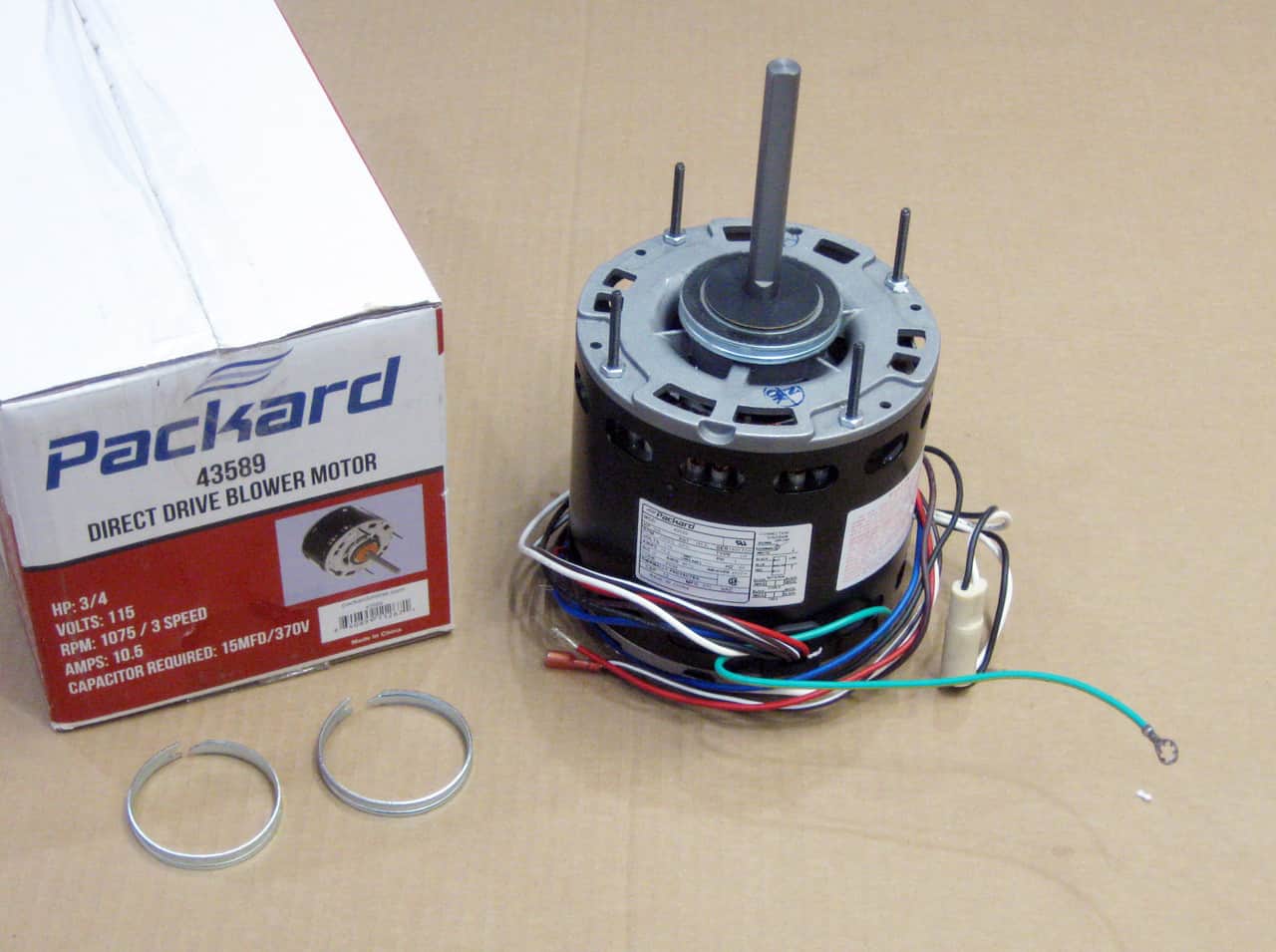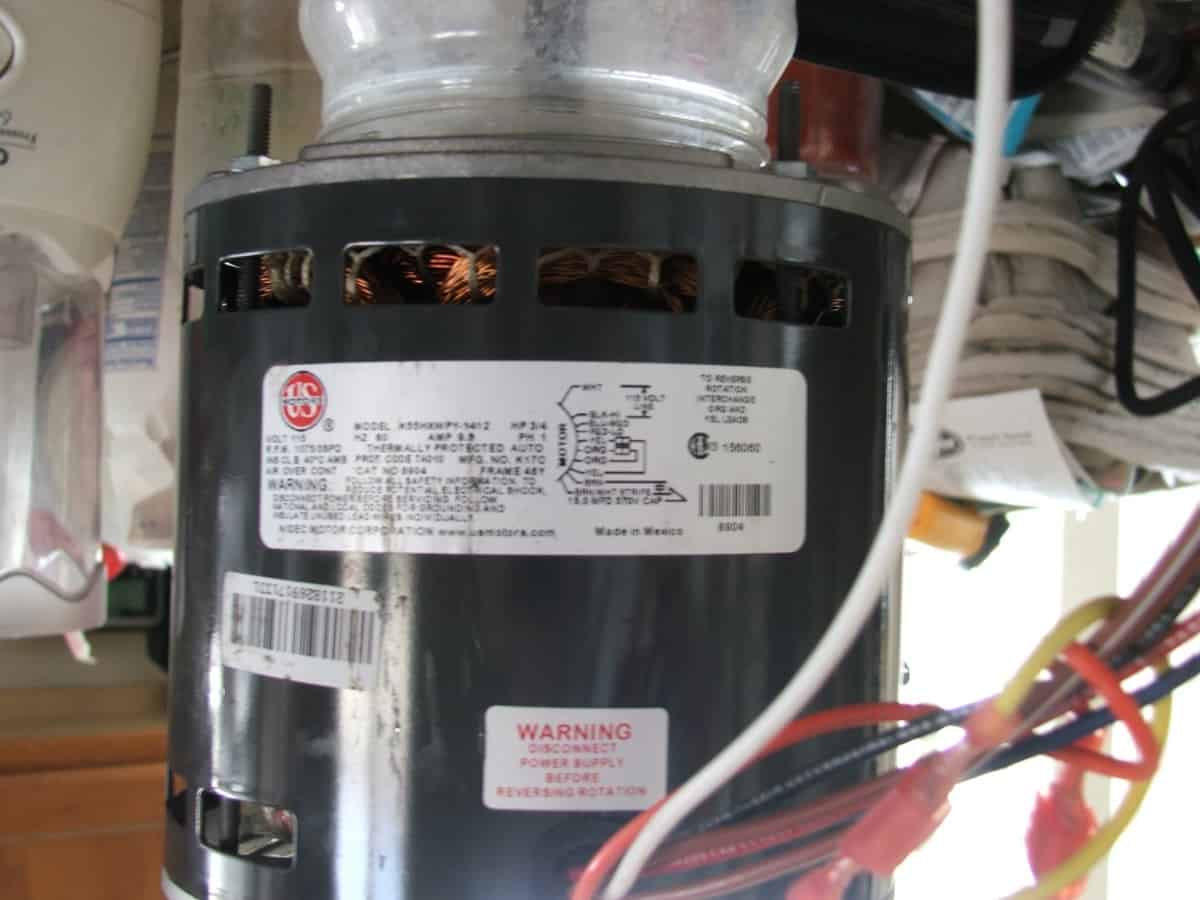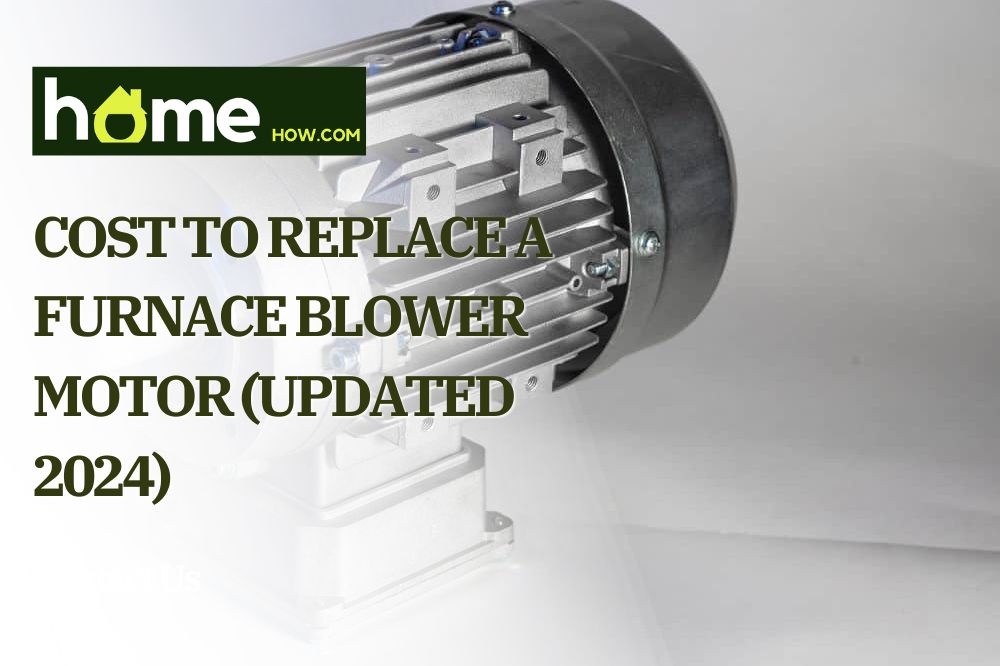The cost to replace a furnace blower motor depends on factors such as the type of furnace, brand, accessibility of the furnace location, replacement parts costs, horsepower size, warranty status, and labor cost. They can all impact the cost of replacement.
In this article, we will explore each of these factors in more detail to better understand what you can expect to pay to replace your furnace blower motor.
What is a Furnace Blower Motor?
A blower motor is an essential component of a furnace. It is responsible for circulating air throughout your home, keeping it warm and comfortable. The engine is responsible for distributing the conditioned air from the furnace throughout the home, and it’s usually located near the air filter. The air filter helps to remove impurities from the air before it is circulated by the blower motor, improving indoor air quality.
It is an essential component that must be maintained to ensure the furnace runs efficiently. Suppose the blower motor is not functioning correctly. In that case, it can cause the furnace to overheat, which can result in damage to the heat exchanger, burners, and other components and higher electricity bills.
7 Factors Affecting the Cost to Replace a Furnace Blower Motor
The national average cost for furnace blower motor replacement is $580, with a minimal cost of $120 to a maximum of $2,400. And according to IndoorTemp, it could go as high as $300 to $7,600 for homes with 5,000 square feet in size or more.
So before you spend money on it, be sure to check the six factors that may affect the cost of replacing a furnace blower motor to avoid problems during the process.
1. Furnace Type
The type and model of your furnace can greatly impact the cost of replacing the blower motor. Some furnaces are designed to be more energy-efficient and may have more advanced components, making the replacement process more complex and costly.
There are three different types of blower motors: variable-speed, single-speed, and multispeed motors.
A single-speed motor or a permanent split capacitor (PSC motor) replacement can cost around $450 and has only a one-speed setting. Meanwhile, multispeed has two-speed settings, which are either faster or slower. The settings will depend on whether you want to heat up your home quickly or just maintain the warmth inside.
With those options, multispeed can cost up to $600 (50% higher than single-speed), but it uses 75% less energy, so you still get your money’s worth. Lastly, variable-speed motors can cost $600 or more because it works with electronically commutated motor (ECM).

2. Furnace Brand
The furnace blower motor cost may also vary depending on the brand chosen; the average cost ranges from $75 to $1,800. Some top brands include Carrier, Goodman, Lennox, Rheem, Trane, and York. High-efficiency furnaces tend to be more expensive to repair than standard models.
3. Replacement Parts
Sometimes, when a blower motor is not working properly, you only need to replace certain parts instead of the entire motor. This can be much cheaper, even including labor costs. However, the labor cost can vary depending on the difficulty of repairing certain parts. Some parts that may need to be replaced include:
- bearing
- belt
- blower wheel (squirrel cage)
- blower capacitor
- ECM motor control module
- ECM repair kit
- housing
- pulley
- shaft
- evaporator coil
It’s recommended to just buy a replacement if the repair cost is 50% more than the replacement part’s cost. Home Guide prepared a table for each part of the furnace blower motor replacement cost on their page for your reference.
4. Horsepower Size
Blower motors for furnaces come in different sizes, from small (1/6 horsepower) to big (1.0 horsepower). The most common residential blower motor sizes are 1/4, 1/3, and 1/2 horsepower, but there are also 3/4 and 1 HP motors. The size of your furnace will determine the size of the blower motor you need. The bigger the motor, the more it can push air throughout your home, and the more expensive it will be. Plus they work with less noise than cheap ones.

So a blower motor’s price for replacement depends on the size of the horsepower. And according to the computation data of the Forbes Home Improvement website, the labor costs are similar regardless of the motor size, but the motors themselves can vary greatly in price.
- A 1/4 horsepower motor can cost anywhere from $100 to $500, with total replacement costs (including labor) ranging from $300 to $900.
- A 1/3 horsepower motor costs between $100 to $800; with labor, the total cost could be $300 to $1,200.
- A 1/2 horsepower motor can cost from $120 to $1,000, with total HVAC blower motor replacement costs ranging from $320 to $1,400.
- A 3/4 horsepower motor costs between $175 to $1,500, and with labor, the total cost could be $375 to $1,900.
- A 1 HP motor costs between $250 to $2,000, and with labor, the total cost could be $450 to $2,400.
5. Accessibility
The location and accessibility of your furnace can also impact the cost of replacing the blower motor. Suppose your furnace is located in a difficult-to-reach area, such as a basement or attic. In that case, it can be more time-consuming and costly to access. The same is true if the furnace is in a tight space, making it difficult for the HVAC technician to maneuver.
Make sure to consider the accessibility of your furnace for ease of work on the part of the HVAC contractors. Besides, you don’t want to pay them just looking for ways to access your furnace. If you could find the solution for it before calling them, much better.
6. Warranty Status
The warranty for blower motors usually lasts between 5 to 12 years, with 10 years being the average. You’ll only have to pay the labor cost if your furnace blower motor gets damaged within the warranty date. You can check the warranty length for the specific model of an HVAC system in the manual or by searching for it on the manufacturer’s website.
7. Labor Costs
And, of course, the labor cost. It can vary with companies or the expertise of the technician, as well as the location of your home. Professionals priced differently between rural and urban homeowners because of the house size and area. On average, you can expect to pay an HVAC technician between $75 and $125 per hour for a furnace repair. The more complex the repair, the higher the blower motor repair cost will be.

You may choose to DIY if you have experience with HVAC systems. If none, you may end up spending more if the result of your DIY didn’t work in the long run. In the end, hiring an HVAC professional is better to ensure a quality result.
FAQs:
Q1: How long do furnace blower motors last?
On average, furnace blower motors have a life cycle of 20 years. But this doesn’t mean you’ll have a replacement for it every 20 years. It still depends on the quality of the motor, the frequency of use, and the conditions in which it operates.
Q2: How long does it take to replace the furnace blower motor?
Installing a new furnace blower motor usually takes around 1.5 to 2 hours. The first thing to do is take out the old motor and clean the fan, which will take about half to one hour. After that, the new motor will be put in, and any adjustments with the multispeed and variable-speed blower motors will be made if needed, which takes another 1 to 1.5 hours.
Q3: How do you diagnose a bad blower motor?
There are ways to diagnose it and five signs if it’s not working properly. It includes weak airflow, strange noises coming from the blower motor, increased energy bills, constant no airflow running, and the system taking longer than usual to reach the desired temperature.
Q4: How do I know if I need a blower motor or a resistor?
If you’re not experiencing the signs above, the blower motor is not your furnace’s problem. It could be the resistor, and the three signs are: the blower motor only runs on one speed, the airflow settings don’t turn on, and no air from vents at all, and the blower motor runs at different speeds randomly.
Q5: What should I look for when choosing a replacement blower motor for my furnace?
Consider compatibility, voltage, amperage, RPM speed, noise level, the efficiency of the motor, and available warranties.
Conclusion
In conclusion, replacing a furnace blower motor isn’t just about simply buying a replacement. Before starting the work, some factors must be considered, like the types of furnaces, brand preference, installation process, cost of replacement components, size of the horsepower, warranty information, and cost of labor. We hope this article helps you budget accordingly for the cost of replacing a furnace blower motor.
